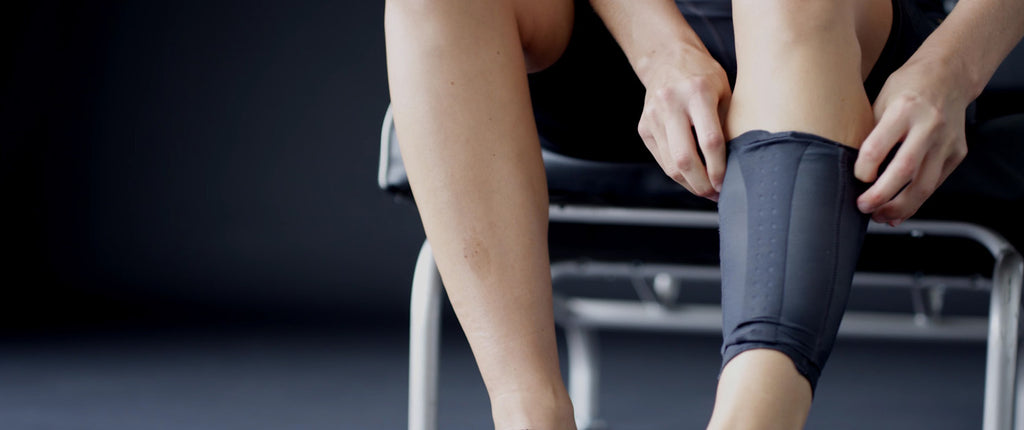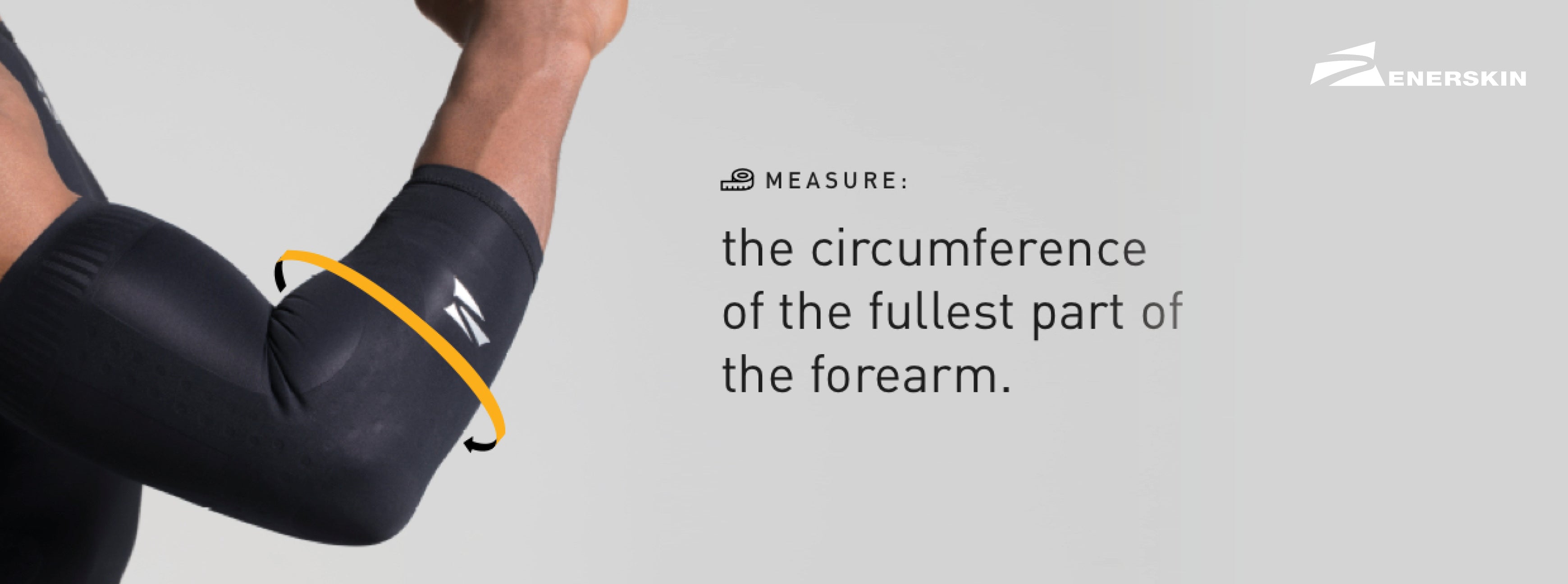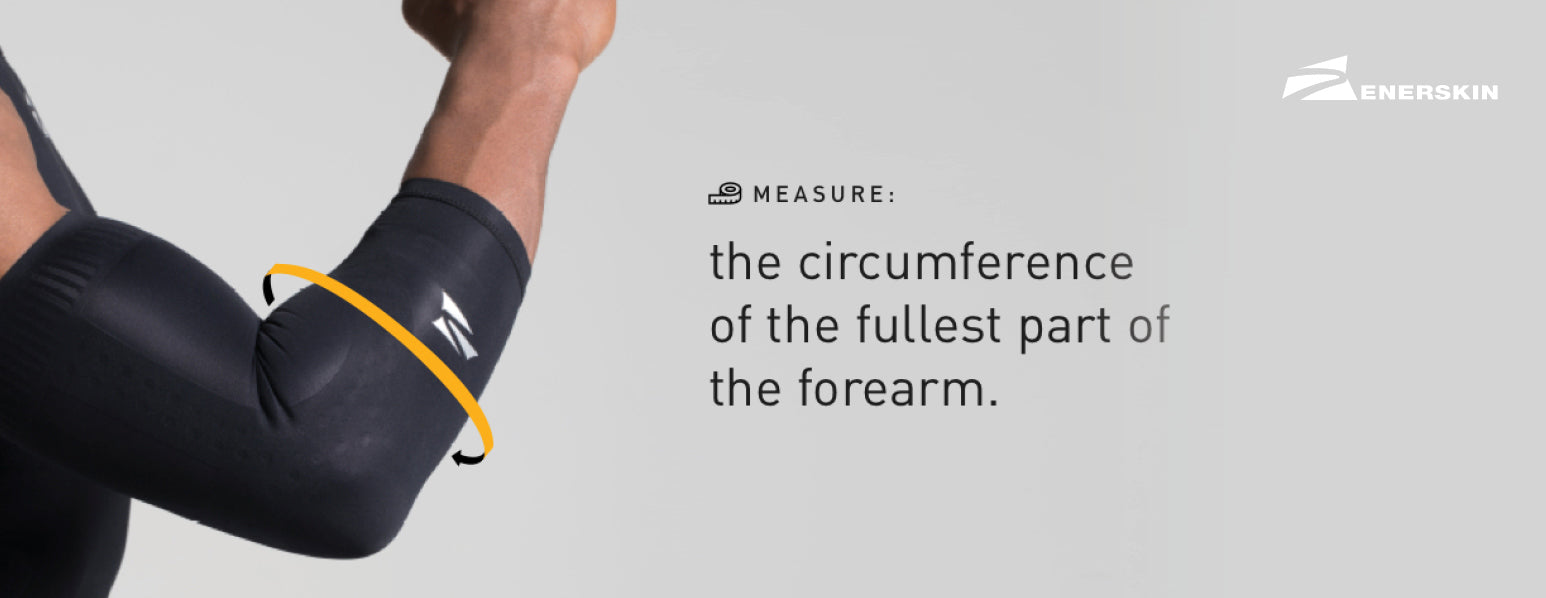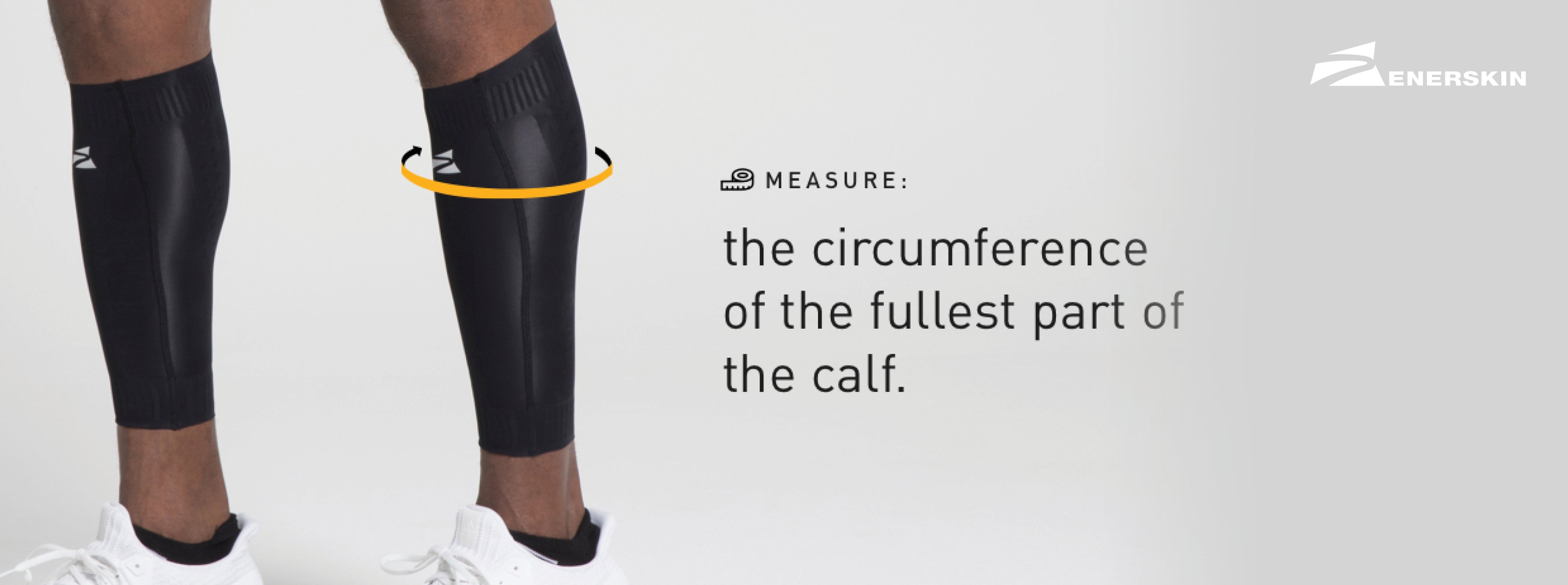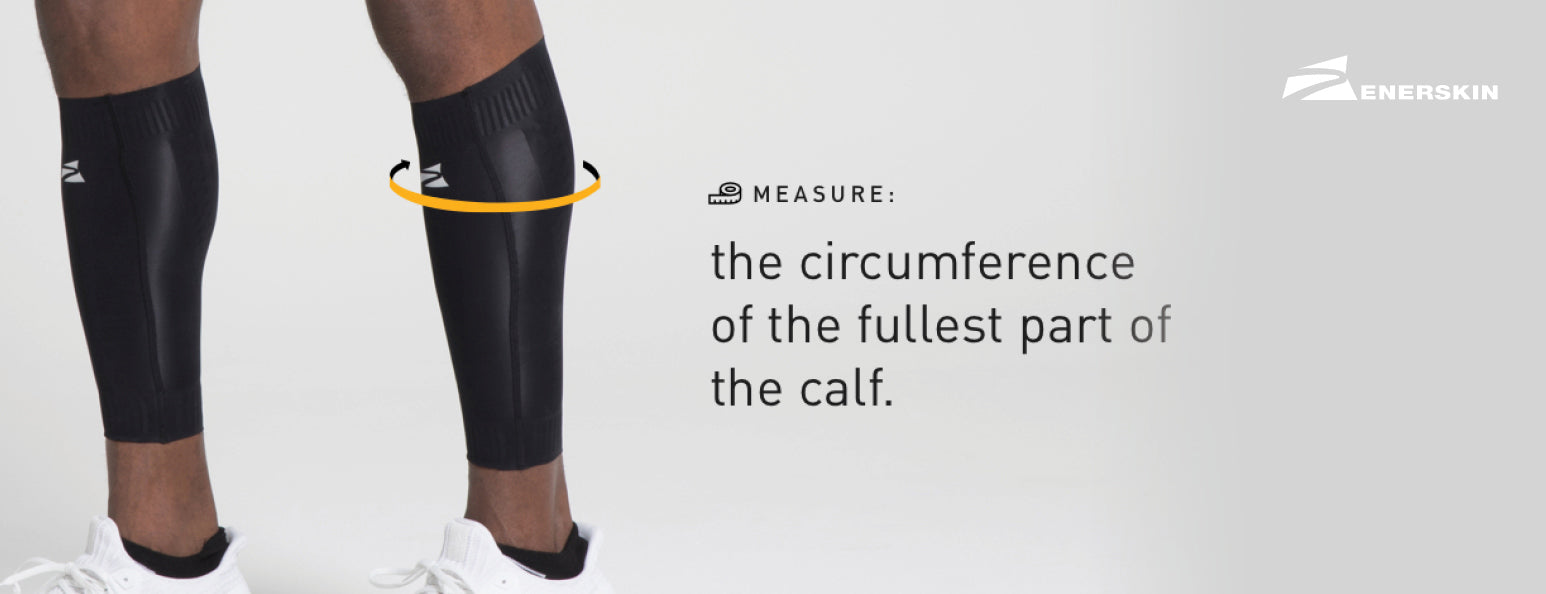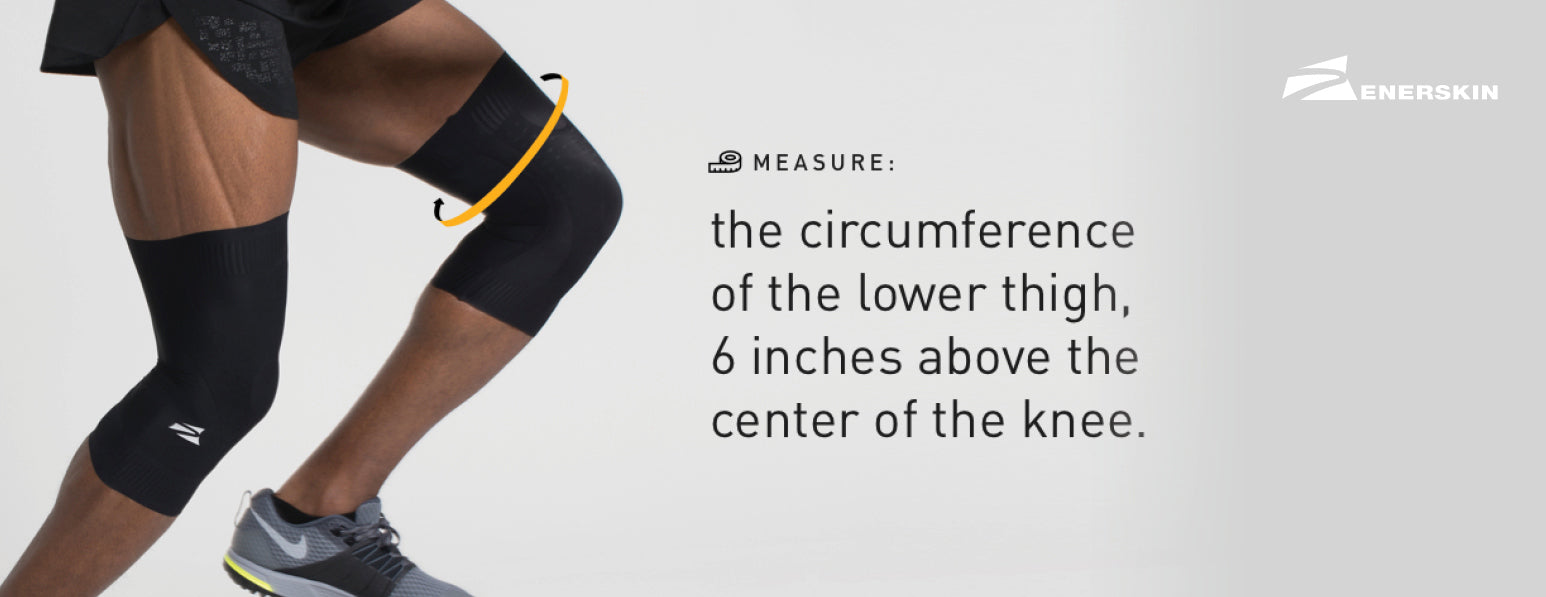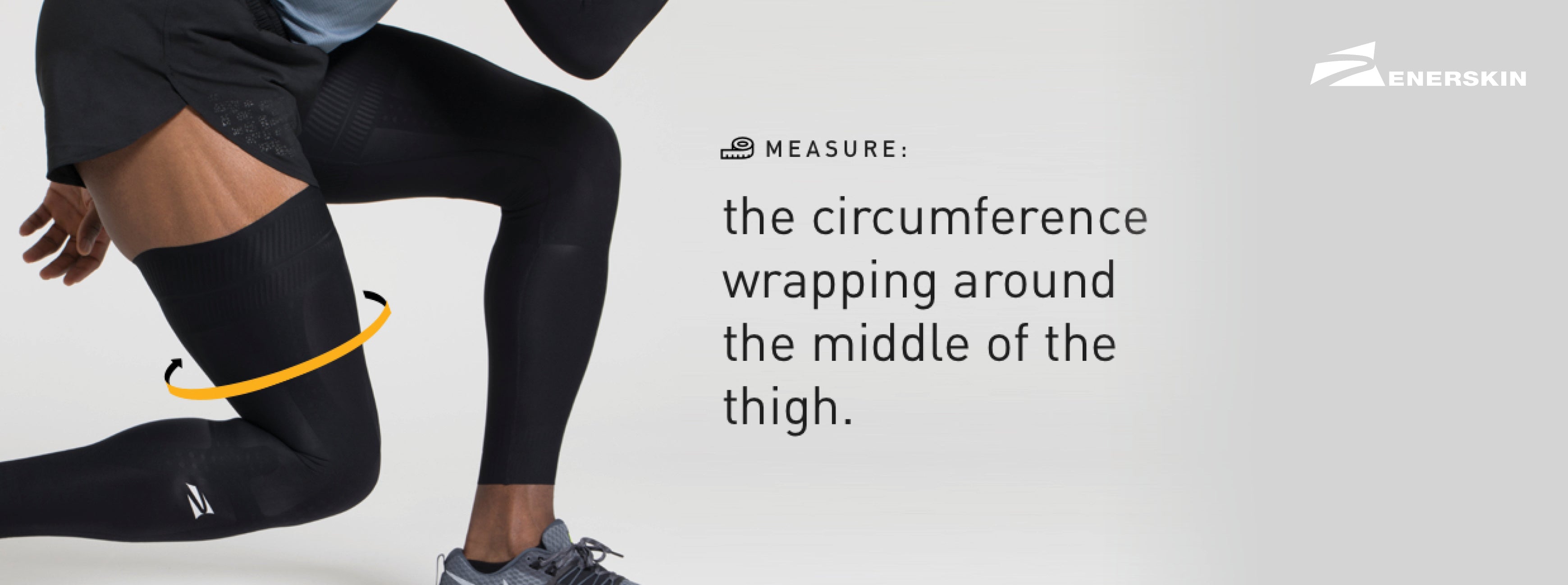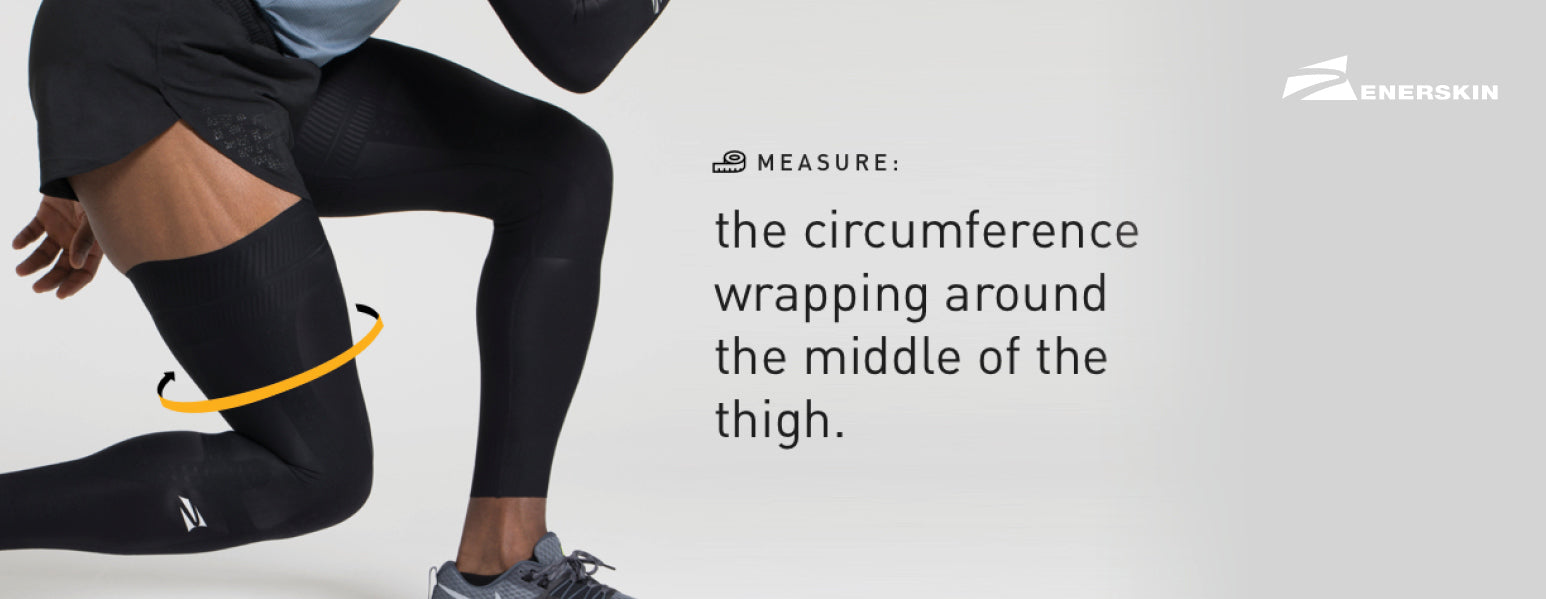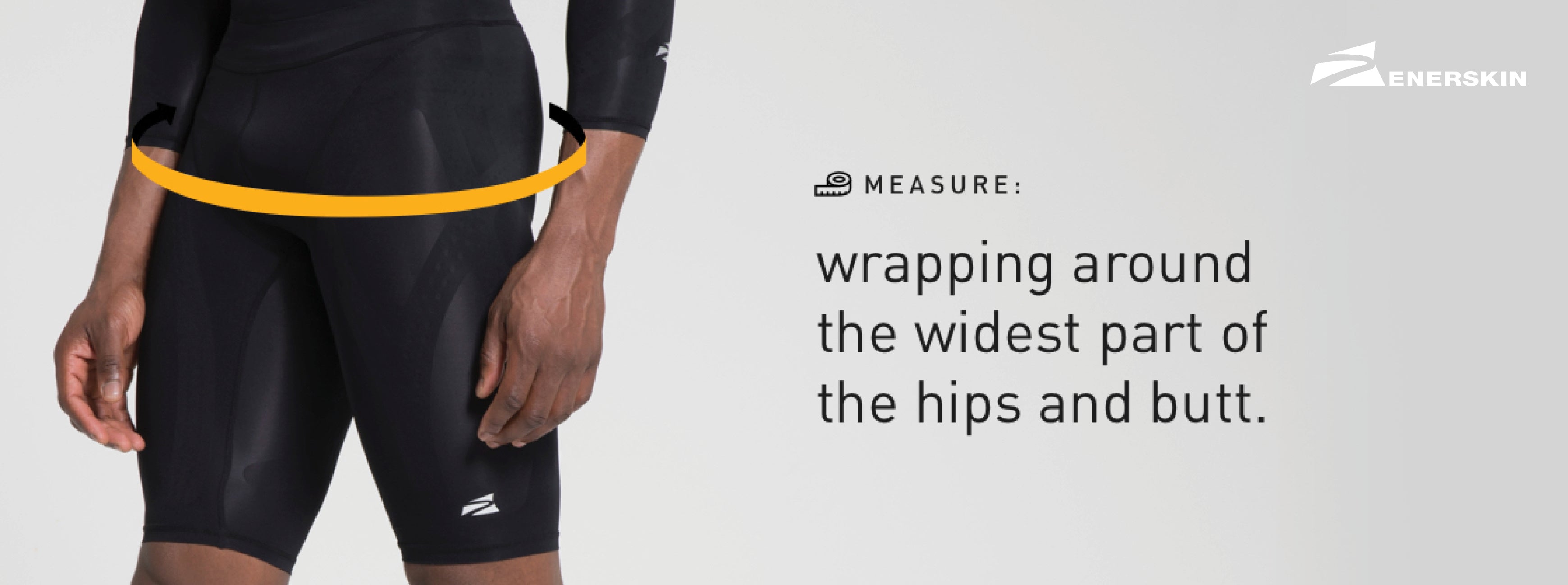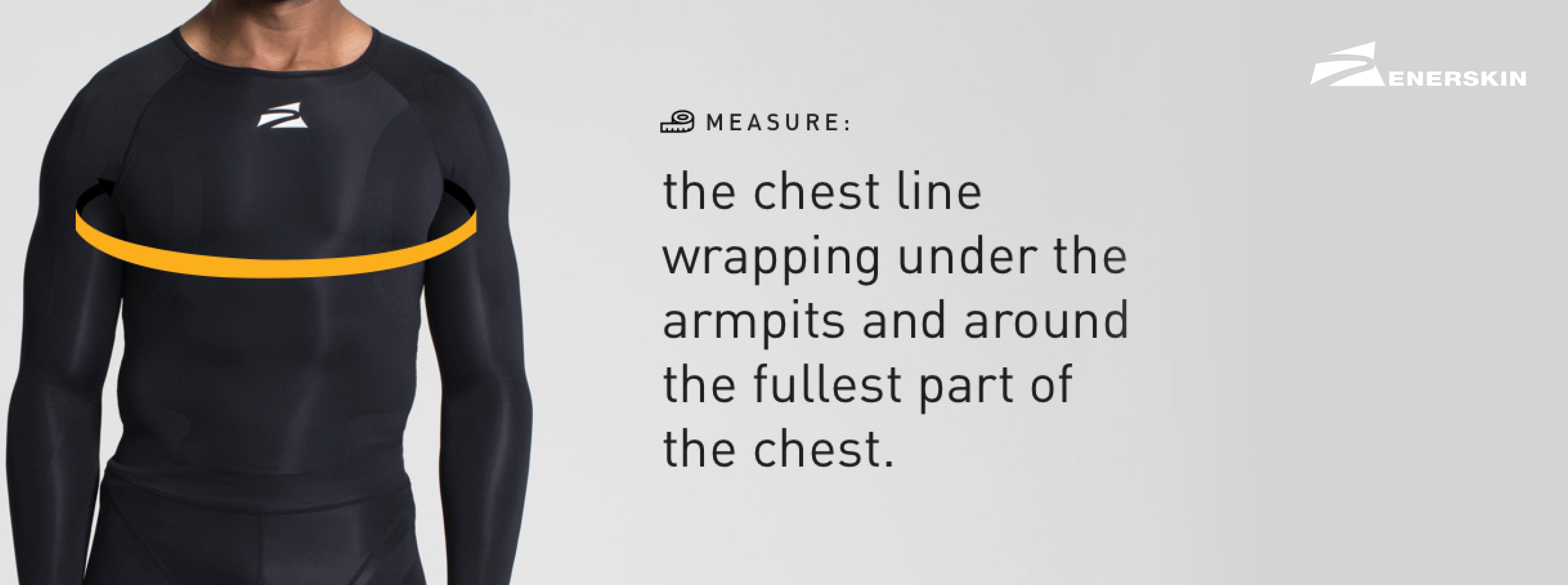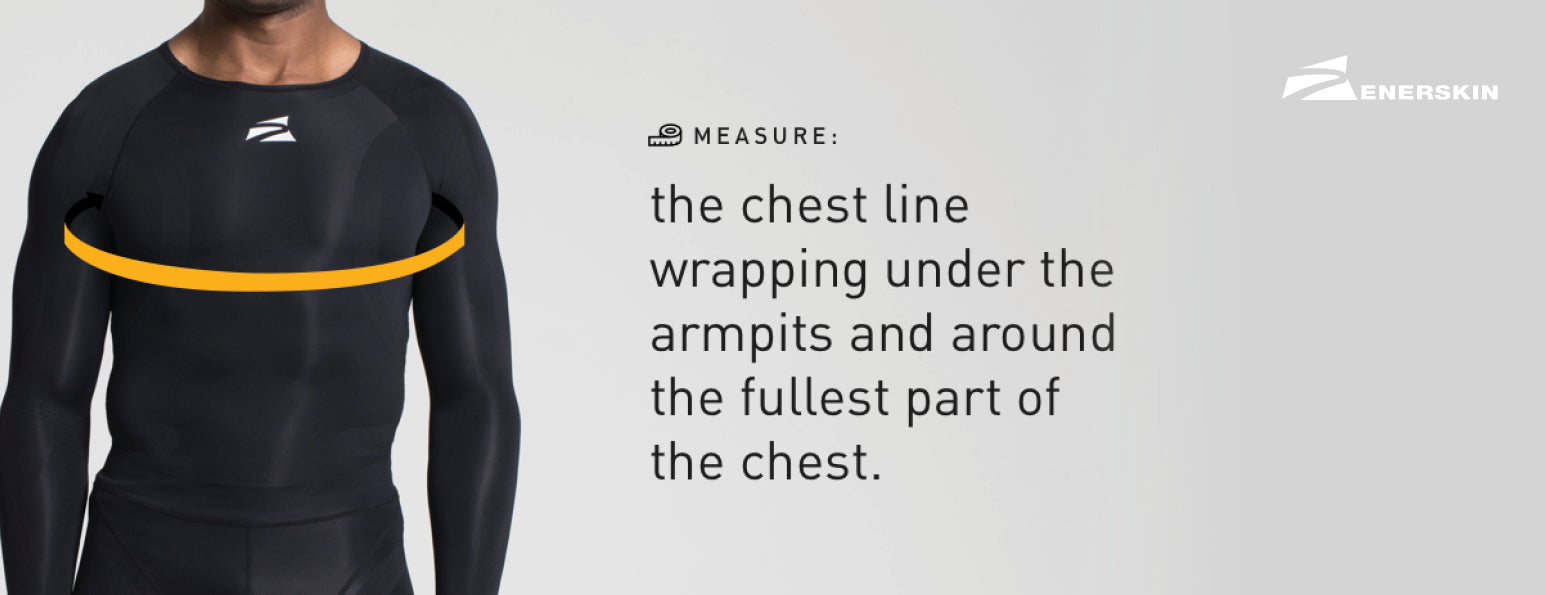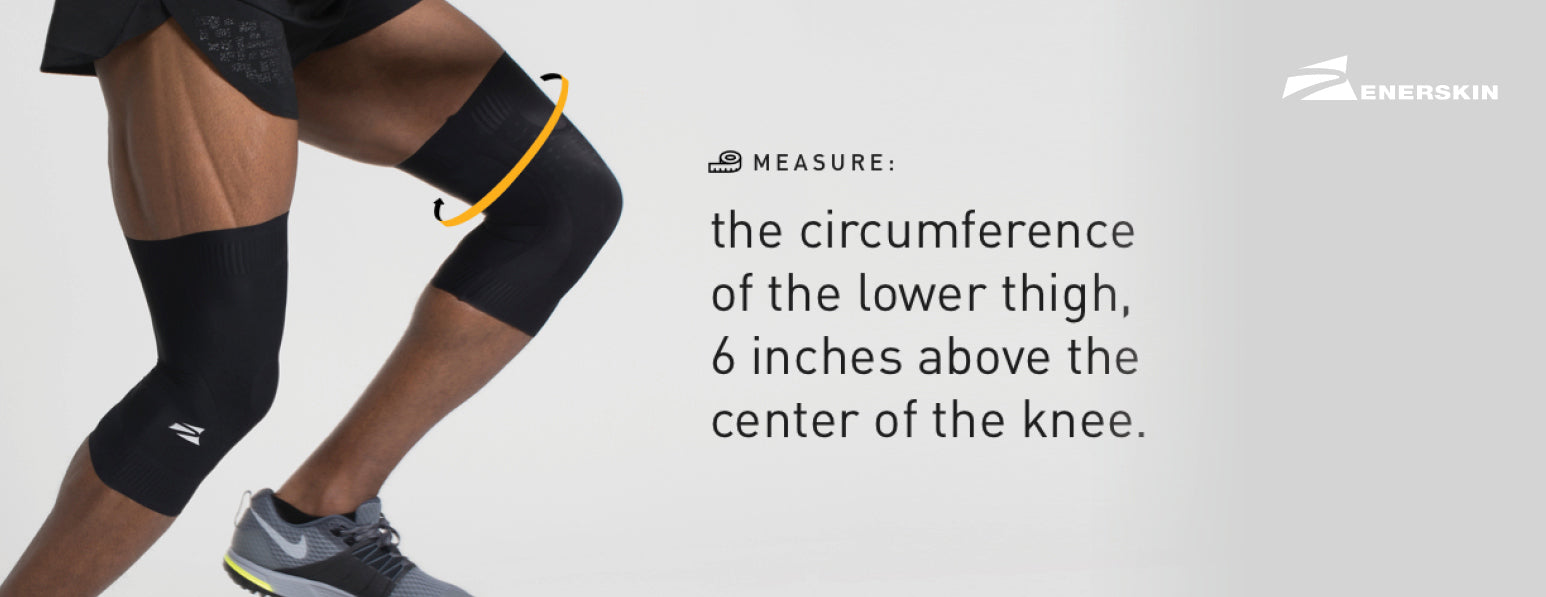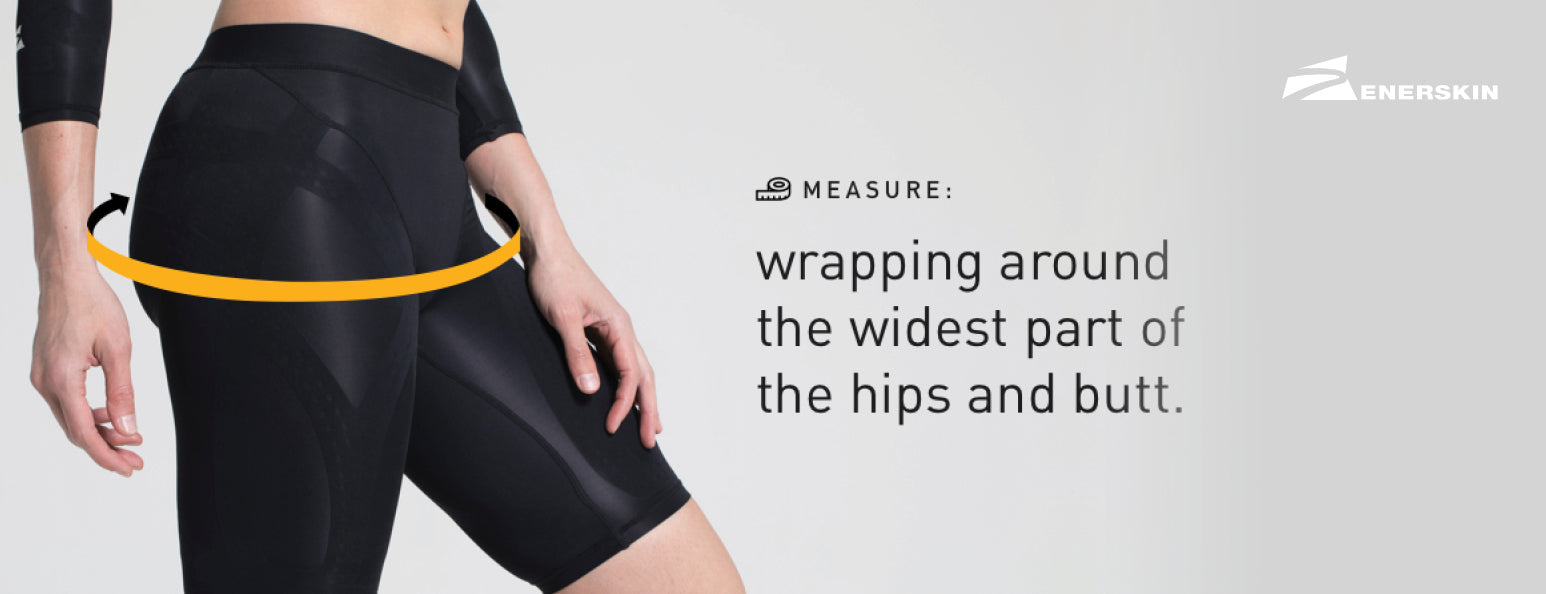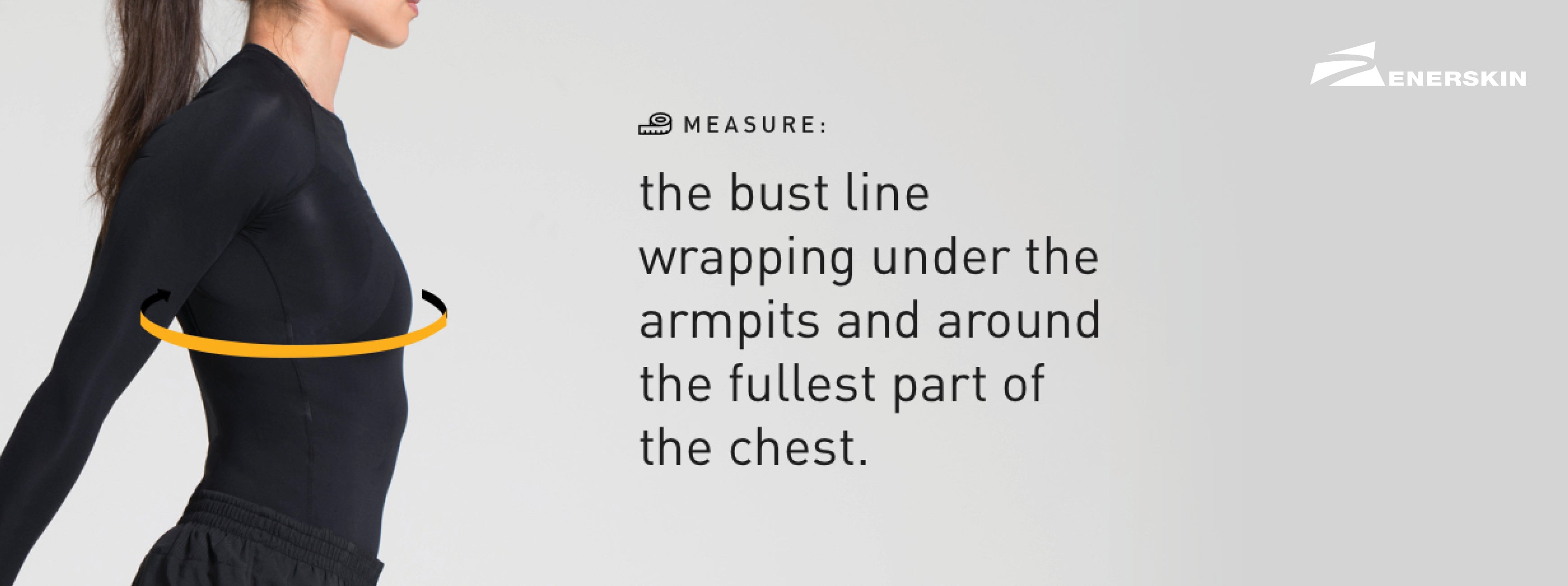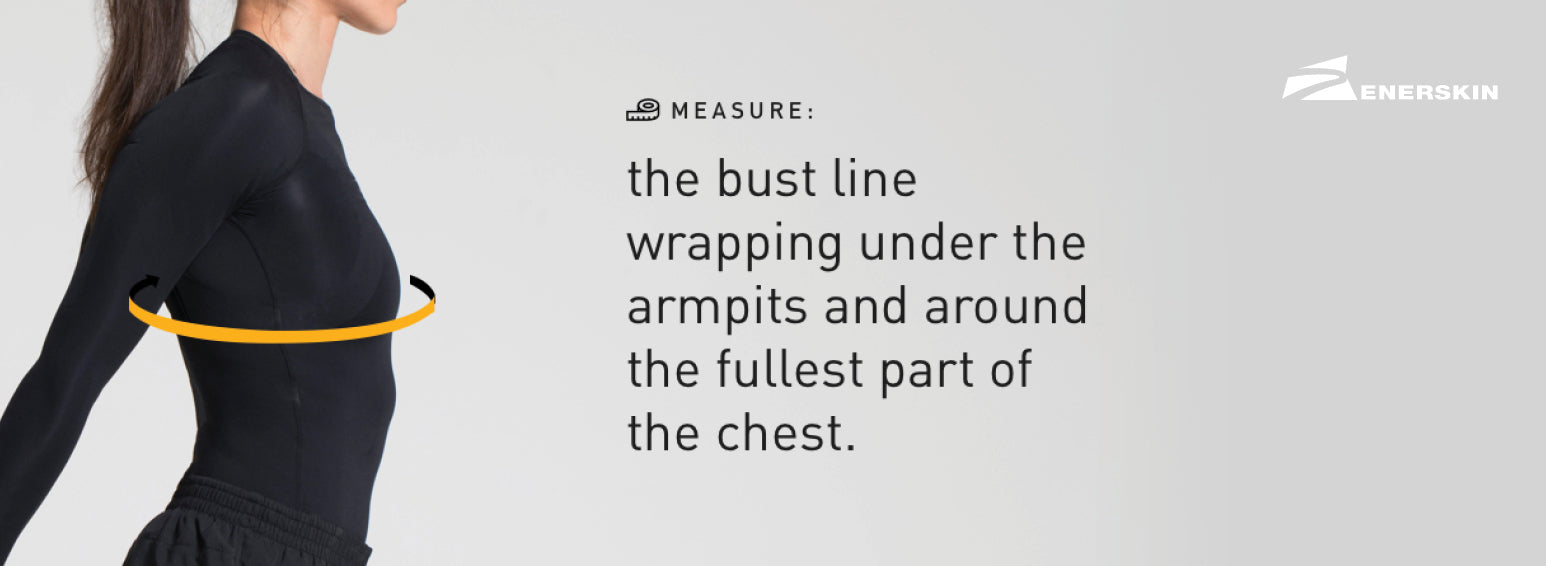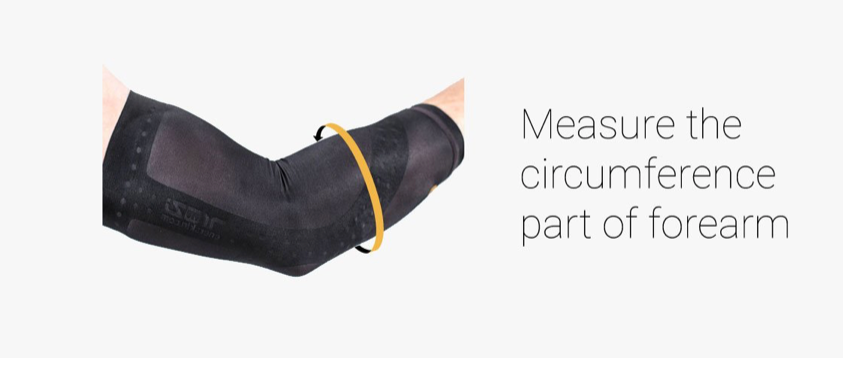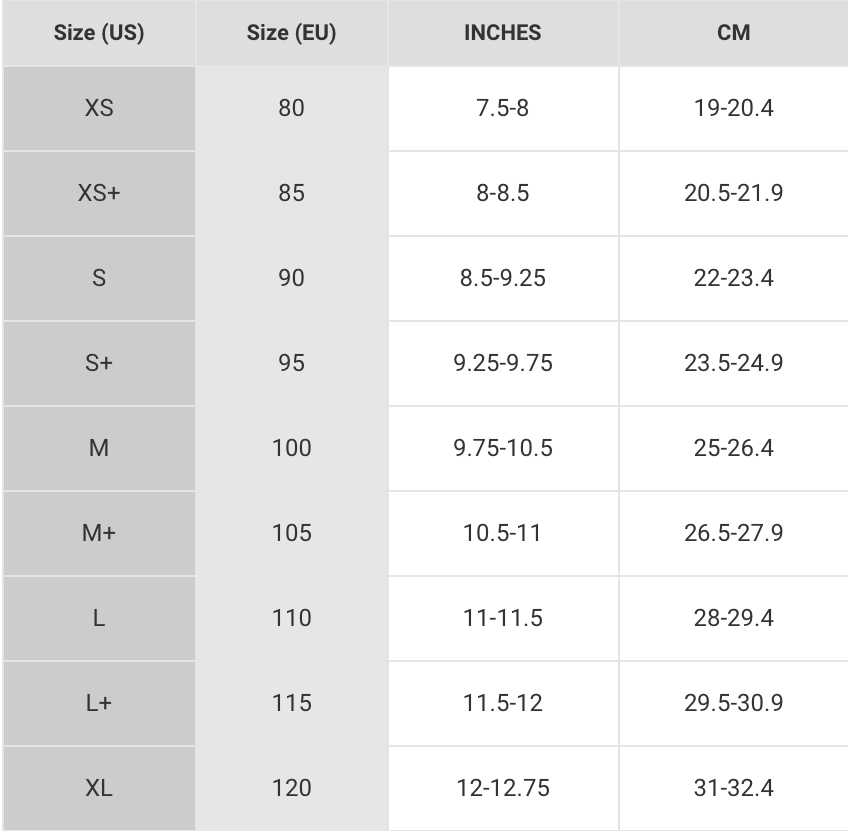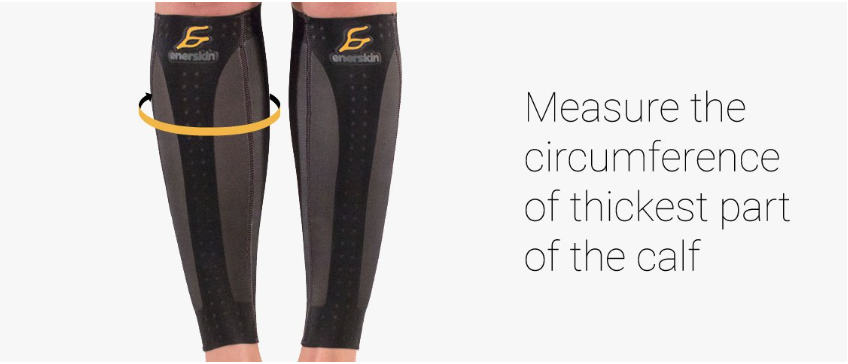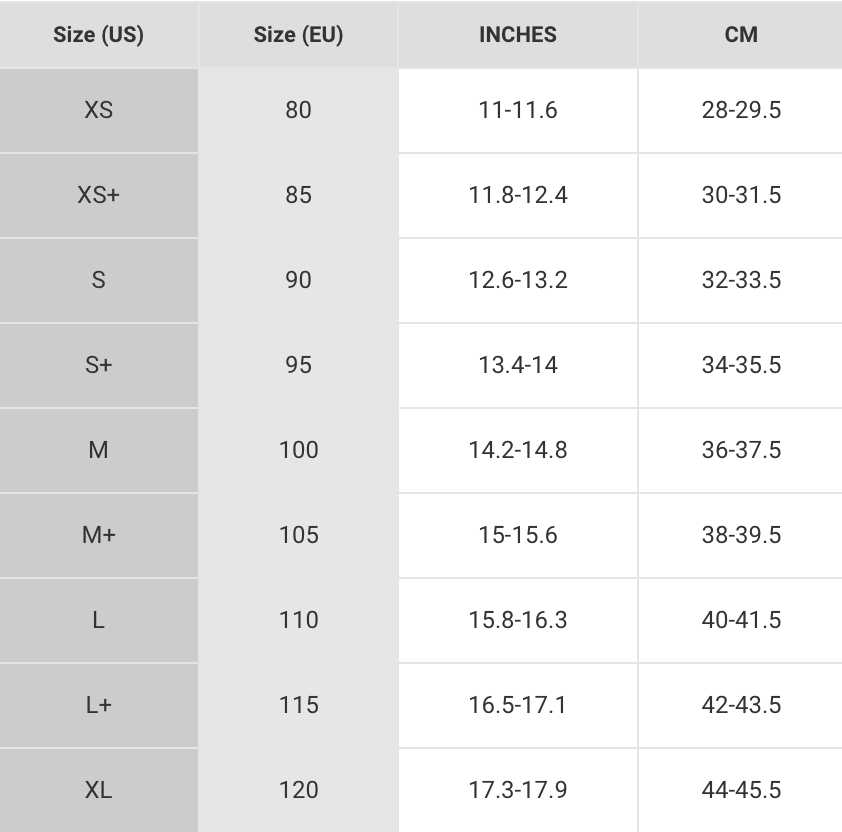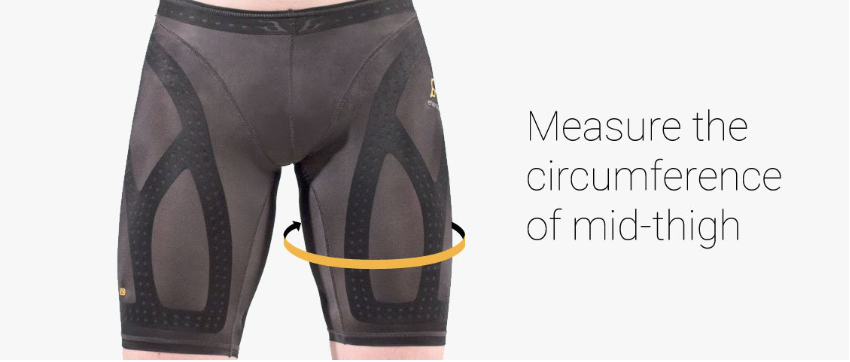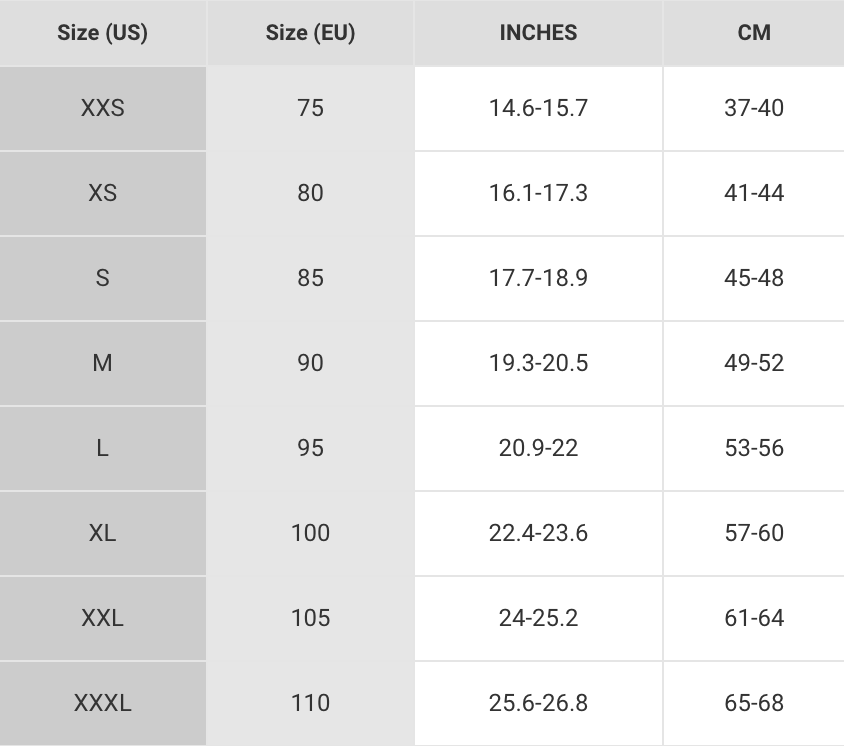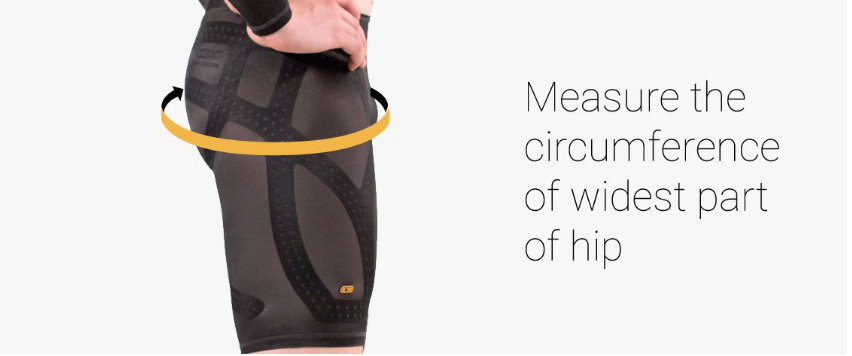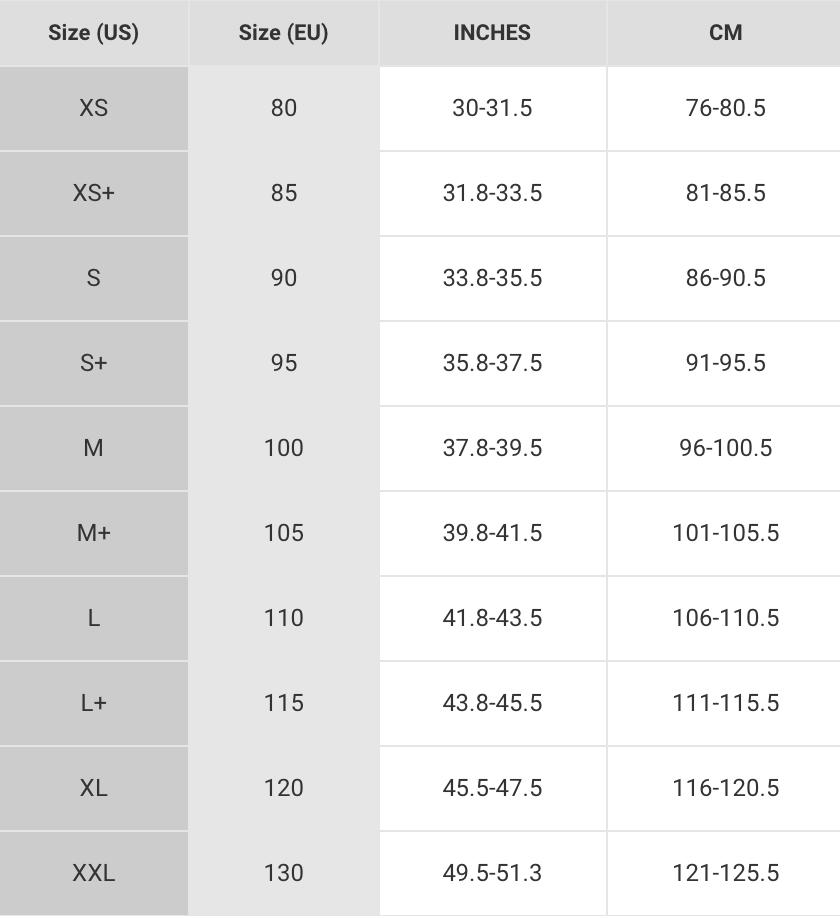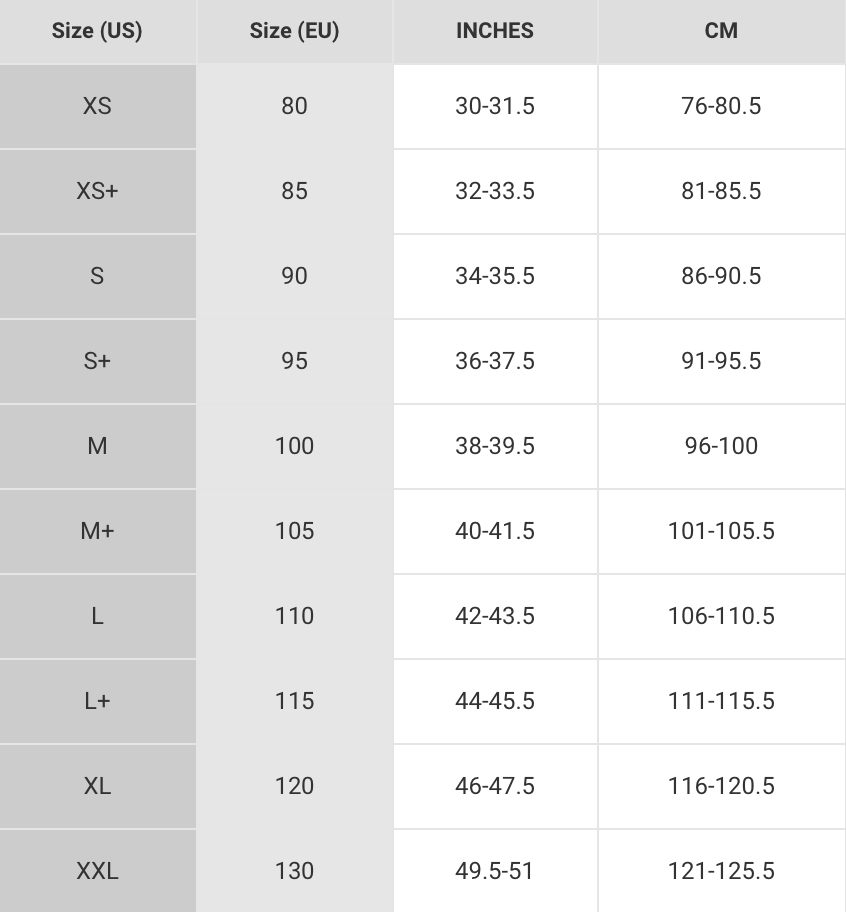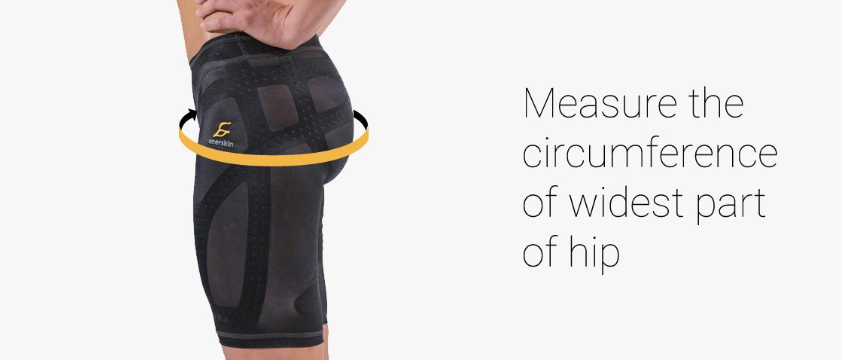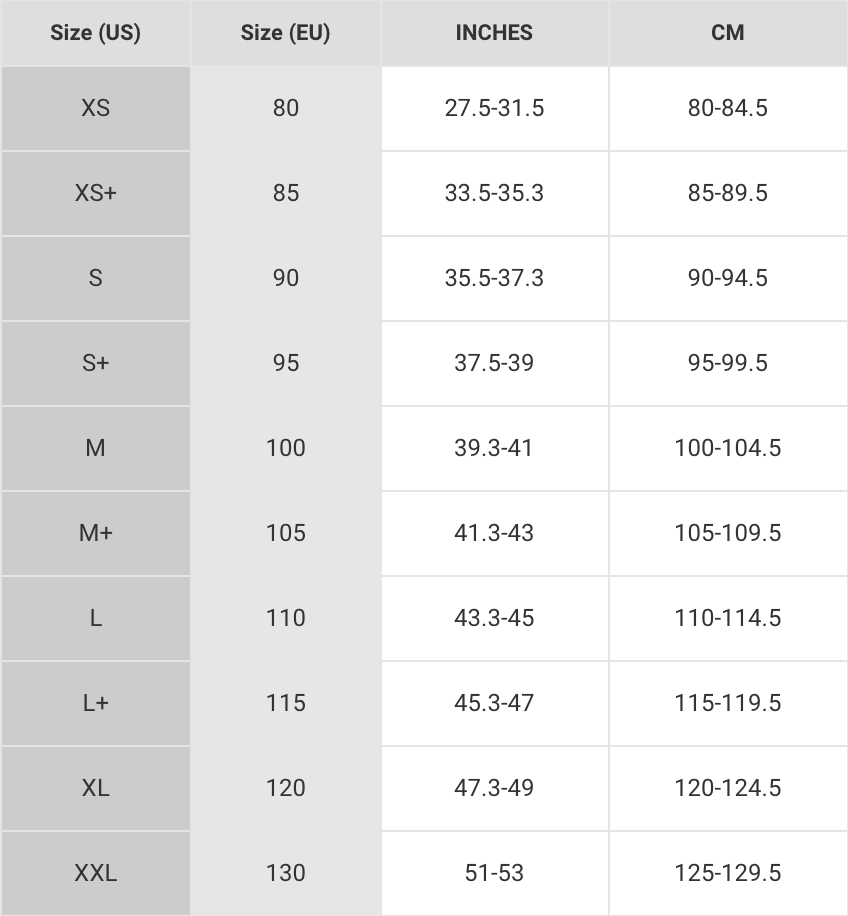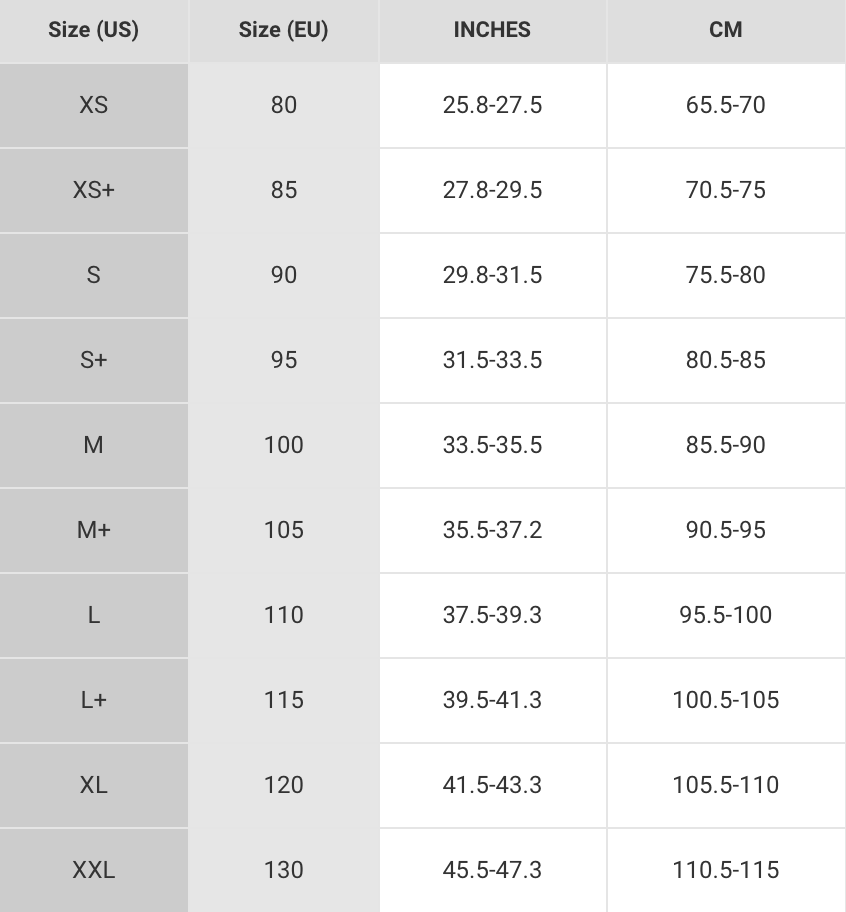The Lowdown on Compression Levels
You know all about compression sportswear.
You’ve read the studies, as well as the many performance benefits and recovery benefits of compression gear.
But as you start looking into actually buying compression sportswear, you encounter so many options, features, and styles that you don’t know where to start.
In this week’s post, we’ll begin to break down the features of compression gear by focusing on compression levels and what these levels mean. Our hope is to eliminate some of the confusion of purchasing compression gear and to help you be a well-informed shopper.
A Quick Review on Compression
Compression sportswear are form-fitting apparel and accessories made of spandex or spandex-like material. They’re skin tight, since the main purpose is to compress your muscles, which provides support and increases blood flow.

The development of compression sportswear was based on medical compression garments, originally prescribed by doctors to patients suffering poor circulation to improve blood flow. Compression sportswear took the benefits of medical compression to help athletes improve their recovery and subsequent performance.
What Compression Levels Mean
Compression levels for compression sportswear are typically a range of numbers, with examples shown below:
- 15-20 mmHg
- 20-30 mmHg (medical grade 1)
- 30-40 mmHg (medical grade 2, prescription required)
- 40-50 mmHg (medical grade 3, prescription required)
The range for a level such as 20-30 mmHg means that compression won’t fall below 20 mmHg and exceed 30 mmHg. The unit mmHg stands for millimeters of mercury (Hg) and is the standard medical way to measure blood pressure.
Compression sportswear will typically max out at medical grade 1, since that’s the maximum allowed without a medical prescription. Typically, medical grade 2 and higher compression is used by patients suffering from serious health issues such as blood clots and deep vein thrombosis (DVT).

What is Graduated Compression? Targeted Compression?
Graduated compression indicates that the compression gear has strongest compression at the ends and gradually decreases towards the heart. For example, a full leg graduated compression sleeve has the highest compression at the ankles and gradually lighter compression up the leg.
The point of compression is to improve circulation, allowing blood to return more easily to the heart for better reoxygenation. Graduated compression helps this process out immensely.
Furthermore, targeted compression offers strategic zones of compression that stabilize and support specific muscles, joints, and tendons. Targeted compression reduces muscle vibration and allows you to focus on your athletic performance.
Enerskin E75: Medical Grade, Graduated Compression, & Targeted Compression
Enerskin is proud to offer medical-grade compression sportswear offering graduated and targeted compression. Our E75 line of compression sportswear offers compression levels of 20-30 mmHg (medical grade 1).
The E75 is also one of the only lines of compression gear on the market to receive the FDA’s Class II approval. Our performance data was gathered through public health trials and rehabilitation research centers in the United States and South Korea.
If you’re looking for quality sportswear that will help you perform at your best, keep this post in mind the next time you shop for compression gear. Even a quick search for compression sportswear online makes it obvious that many brands offering compression gear don’t even meet the low-end 15-20 mmHg compression level range.
Enerskin is excited to be offering professional-grade athletic gear to anyone that wants to up their own sports, training, or recovery regimen. We put our money where our mouth is and have backed up our products with the highest-quality materials, legit compression, and research trials since day one.
Sources:
https://www.legsmart.com/blogs/resources/7032008-understanding-levels-of-compression-for-stockings
https://ec3dsports.com/blog/what-is-compression-garments/
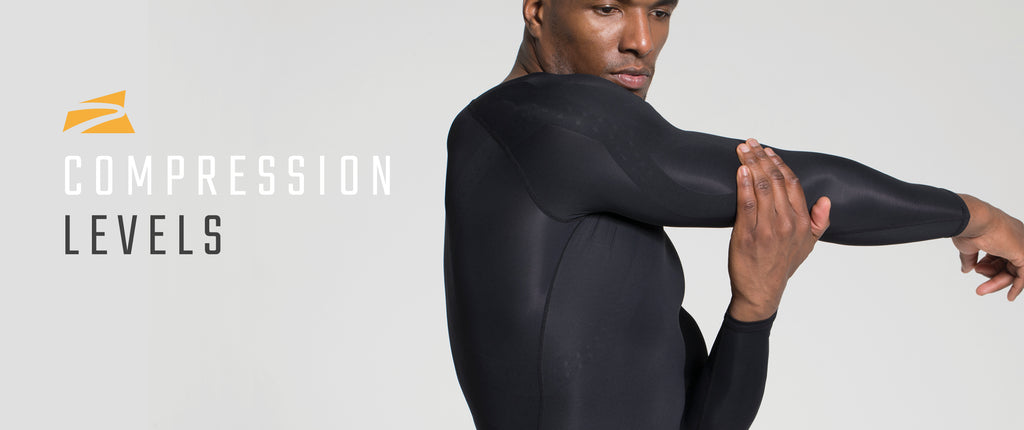
you may also like


